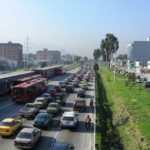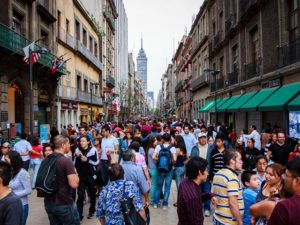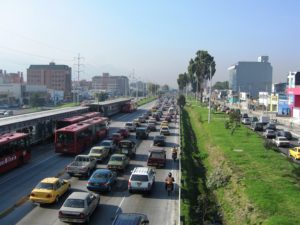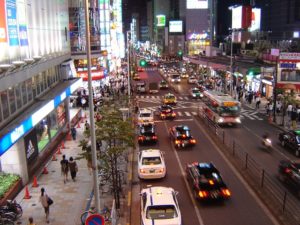
In 2017, Mexico City will have its own constitution for the first time—the next step in a process that will make the city more autonomous and function like a federal state of Mexico. Beyond highlighting residents’ cherished rights and freedoms, ...


While women represent more than half of the Brazilian population, they occupy only 10.7 percent of the seats in Congress and only 5 percent of CEO positions in the country’s companies. The general absence of women’s voices in the processes that define a ...


China has experienced unprecedented urbanization over the past 30 years, leading to rapid mobilization and a seven fold increase in the nation’s urban area. According to the Ministry of Housing’s China Urban Construction Statistical Yearbook, China’s built urban area grew ...


The construction of urban highways continues in many places. In Latin America, we see ongoing projects in Santiago (Américo Vespucio Oriente), Lima (Línea Amarilla), Quito (Solución Vial Guayasamín), São Paulo (Rodoanel Mário Covas) and Mexico City (Segundo Piso a Cuernavaca), ...


In Beijing, Chennai and Fortaleza, the rate of fatalities from road crashes is more than 15 deaths per 100,000 residents. What do these cities have in common? They have traffic lanes wider than 3.6 meters (11.8 feet). A long-standing belief ...


At 80 years old, Danish architect and urbanist Jan Gehl shares his ideas on how to build a better future for global cities. Gehl has spent more than 50 years in academia and the professional world becoming a different, and ...


India is at a crossroads, and how its cities develop in the coming several years will shape its future for generations. While only about one-third of Indians currently live in cities, that number will nearly double from 420 million to ...


More than 35,000 people from around the world gathered in Quito in October to celebrate the adoption of a New Urban Agenda, and an estimated 20,000 people convened in Marrakech two weeks ago for COP22. The events and dialogue that ...


Can nature help cities address the twin problems of air that is too dirty or too hot? Based on a new report released by The Nature Conservancy – in collaboration with C40 Cities Climate Leadership Group – the answer appears ...


Does urban living threaten our sanity and happiness? Popular culture is rife with stories which suggest that living in a city increases loneliness and unhappiness, and some scientific studies indicate that urbanization increases mental illness and depression. Are these claims credible? How can communities ...

Page 86 of 348« First...1020...858687...90100...Last »






























